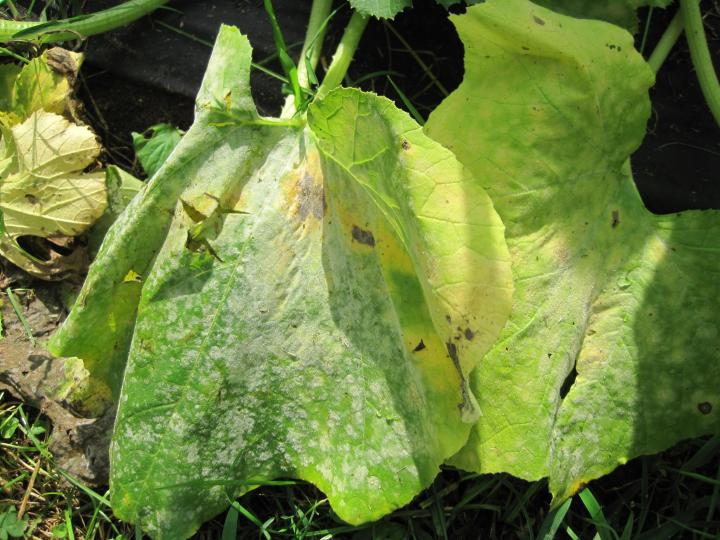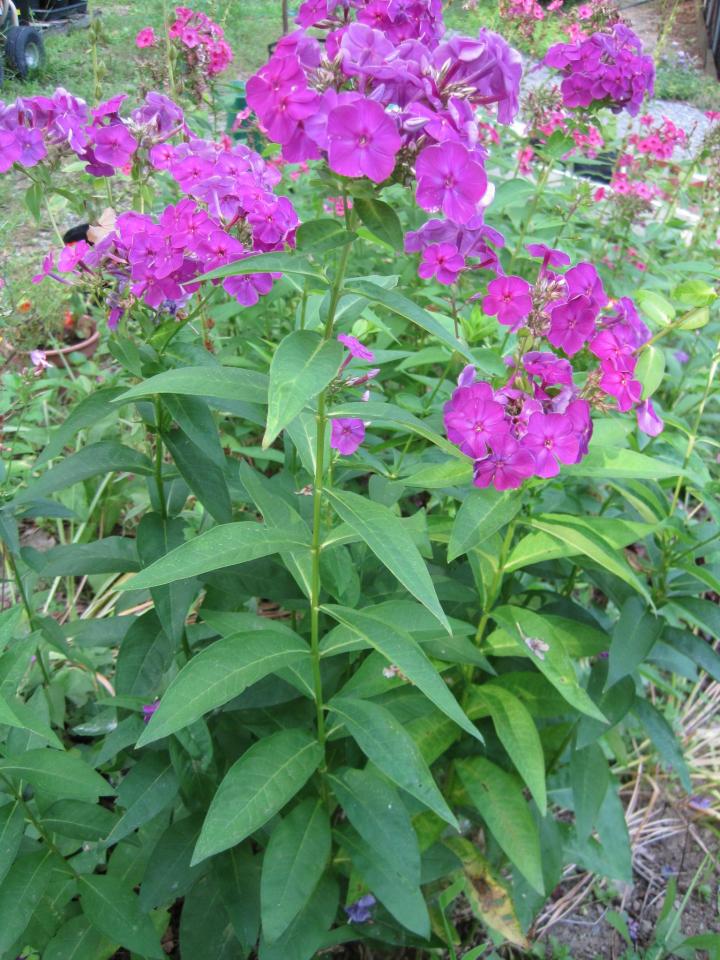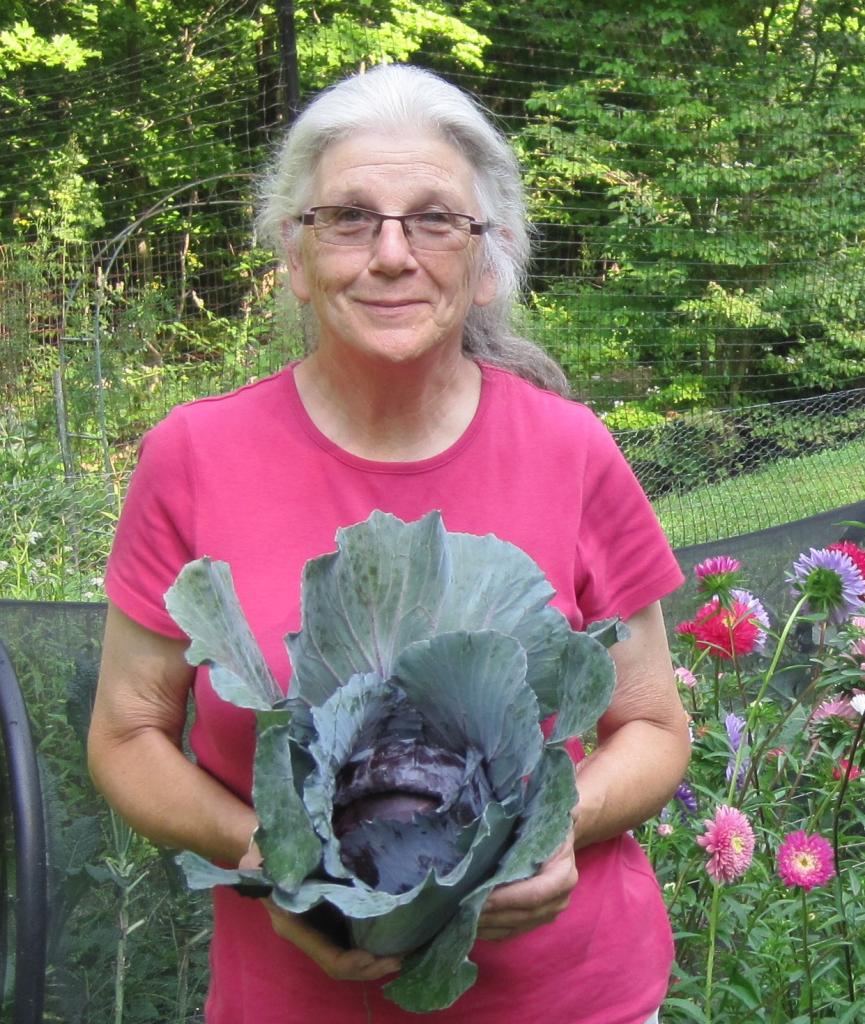
Try Our Recipe for a Homemade Baking Soda Spray
ADVERTISEMENT
What do you recommend spraying for powdery mildew on phlox, bee balm & milkweed?
Hi Julie,
There are many different remedies for powdery mildew, including the ones referenced above and the ones in this link https://www.almanac.com/pest/powdery-mildew . Most fungicide options are best used before powdery mildew is present and also can cause other issues in the garden when it comes to pollinators and negatively affecting certain plants. Make sure to research any product you plan to use on specific plants.
Many remedies have been used to slow or stop the spread when used early on, but once the fungi is established it can be difficult to eradicate. It is best to work toward prevention of powdery mildew early in the season before the conditions—warm, dry climate with fairly high humidity—are present. When planting in the future, look for powdery mildew resistant varieties and make sure to space new plants to allow for adequate air circulation. For current plantings, you can prune in a way that supports better air flow and allows more light to reach your plants, limiting the conditions powdery mildew needs to spread. For severe infestations, it might be best to remove the plant to protect the rest of your garden.
You will also want to check plants that have been affected by powdery mildew at the end of the season and remove any areas where it is present because dormant spores can overwinter on old vegetive material or weeds.
I used water and dishwashing liquid. Very effective. I sprayed 3 times only on our tomatoes and eggplants 3 days apart and it never came back. We have very healthy tomatoes.
I used simple mix of Dawn and water immediately after discovering the mildew, soaked the four rose bushes thoroughly,next morning completely gone, amazing idea people, thank you
What was the ratio
I researched and learned that a cucumber vine life-span is 70-80-days. My cucumber vine did die; however, it was past 70-days, had produced many cucumbers and I feel it died from age and not from the spray.
Not sure about using baking soda. I had a beautiful cucumber that produced a colander of cucumbers each week. It began to get powdery mildew. I used the recipe according to instructions; sprayed early in the morning. The days afterward were cloudy and the vine looked healthy. Two weeks later, however, the vine is turning yellow; appears to be dying and there are no cuke. I have kept up the watering. I will begin watering with 20-20-20; maybe the baking soda leached out important nutrients...Not sure what happened?
I started using Bee Safe 3-in-1 Garden Spray (Organocide) on my squash plants when I saw powdery mildew. The white spots faded within a day and I simply spray every few days as more appears (which is not very much). This product contains sesame oil so may be available in other forms as well.
I’m not sure of the most effective way to get rid of this. There are also repeated holes. I did find micro black and pale yellow dots on the undersides. Help needed re rust and yellow leaves on my cake leaves and okra. Thanks
Every year my peony bushes get powdery mildew really bad. Is the water/other additives you recommend spraying good for peonies??











